Major activities of the Oze Preservation Foundation
Awareness-raising among visitors
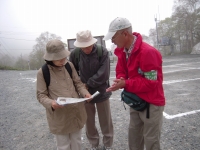
Providing information and guidance at the park entrances, support for the activities of the Oze Volunteers, promotion of the use of visitor guide services
Intepretative nature programs
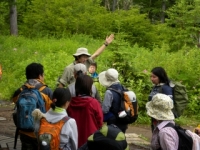
Activities explaining the nature in the park at visitor centers, the promotion of environmental education/eco-tourism
Public awareness and public relations
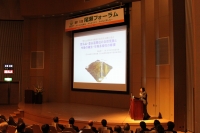
Issuing of an in-house magazine, Oze Forum, photo contest “Watashino-Oze (My Oze),” formulation and distribution of informative leaflets, maintenance and operation of a website
Environmental conservation
Vegetation restoration, Mt. Shibutsu conservation, Yamanohana area weather observations
Facilities management
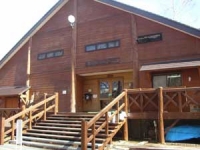
Maintenance and operation of visitor centers, maintenance and operation of public restrooms
Research and investigations
Promotion of the appropriate utilization of Oze National Park
Discussions in and coordination through the Oze-Kokuritsukoen-Kyogikai (Oze National Park Council)
Award scheme
Presentation of the Oze Award (for the promotion of academic research on the moor)
Other major activities
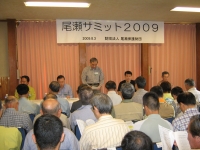
Oze Summit, meetings of the conference for liaison among people concerned with Oze National Park, Tomono-kai (support association) activities, and fundraising
Future issues for Oze
Management and implementation of the Oze Vision:
Summarization of Oze’s future direction by the investigative commission concerning its conservation and appropriate utilization
Basic concept:
Conserve, and enjoy our Oze together
Basic direction:
- 1. In principle, the level of utilization should not exceed the level of protection
- 2. Protect Oze together with the local people and utilize it in a sensible way
- 3. Disseminate and raise awareness of the spirit of Oze conservation
- 4. Improve the management system so that Oze is supported by everyone
Oze Vision “Objectives to be realized in five years”
Protection: protect wild ecosystems and landscapes appropriately
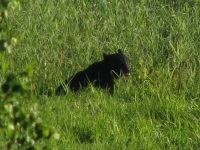
(Accurate ecosystem data): support for the promotion of investigations/research and monitoring
(Wild animals): degradation of vegetation by deer and the future prospects, formulation and dissemination of manuals for the management of bears
(Environmental conservation): past waste measures, vegetation restoration, Mt. Shibutsu conservation, countermeasures against invasive plants
Utilization: decrease the burden of utilization and promote eco-tourism
( Promotion of appropriate utilization): promote comfortable utilization; discuss utilization appropriate for each area; discuss access to the mountains
(Facilities improvement): ideal visitor centers, improvement of the entrances
(Promotion of environmental education/eco-tourism): acceptance of children, certification system for guides, promotion of the use of guides
Management/operation system: build up a support system through liaison with the surrounding communities

(Role assignment of the related persons): build a consensus regarding role assignment, develop collaborative relationships with the local communities
(Comprehensive coordination among the related persons): Promote information sharing/opinion exchanges
(Safety measures) : improve rescue systems, repair/check dangerous points
(Improvement of the Oze Preservation Foundation): human resources development, improvement of Tomono-kai
Tasks for the Realization of Collaborative Management
Difficulty in coordinating opinions among all the people concerned with Oze
Conflicts of interest among various stakeholders
Difference in approaches to nature conservation and cost sharing
Limitations of the consultation system
A rapid response is difficult due to the need for discussion and agreement among the relevant persons in every case
Strengthening the functions of the Oze Preservation Foundation
The foundation was established to manage Oze in an integrated way with regard to the non-physical aspects. There are insufficient financial and human resources.
Of the 155 million yen in annual activity expenses, independent revenue sources account for only about one-third. The rest consists of funds held in trust by the national government and prefectures, and subsidies from Gumma prefecture and Fukushima prefecture
Clarification of the management responsibility concerning the physical aspects
Since the “Trinity Reform” system of subsidies used for the management of National Parks has been changing, it is necessary to clarify the role assignment once again.
The number of mountain trails left unmanaged is increasing









